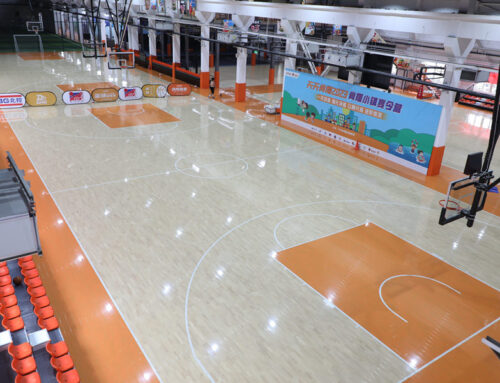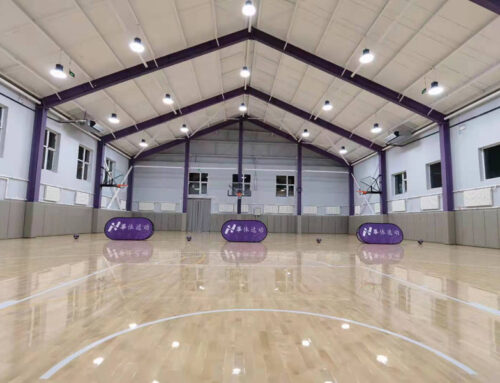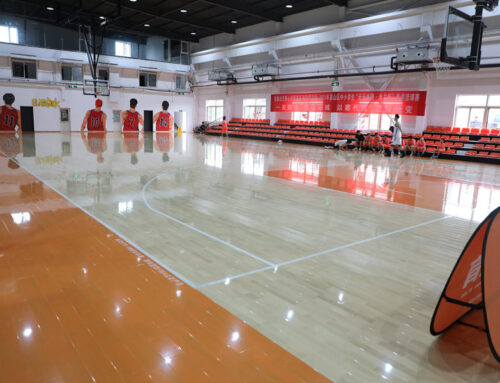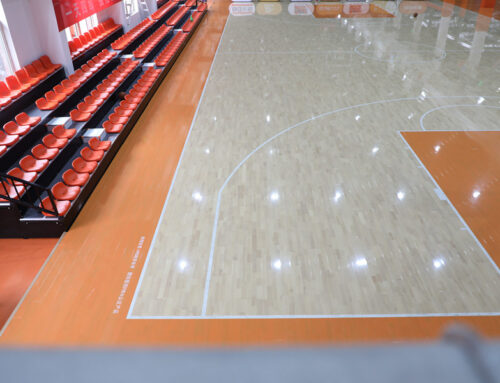Alright, folks, settled in with my coffee? Buckle up, because today I’m sharing the messy, sweaty reality of putting down that shock-absorbing dance floor in the basement. Everyone talks about the end result, but hardly anyone shows the warts-and-all journey. Here’s mine.
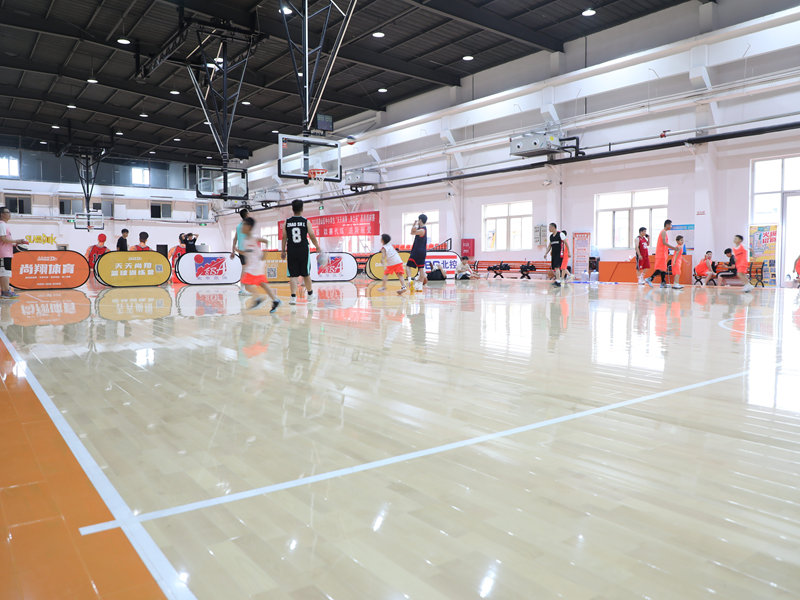
Why Bother?
Simple: my kid loves dancing, and the old concrete floor downstairs was brutal on her knees. Also, maybe my old joints wanted a break when I tried to keep up. Saw this “shock absorbing dancing parquet” stuff online. Promised bounce, comfort, easier assembly than traditional hardwood. Sold!
Gathering the Stuff
First step? Hauling a metric ton of boxes into the basement. Seriously, this flooring ain’t light. Each plank feels like it’s filled with lead. Unboxed it all – smelled like fresh wood, which was nice. Found the foam underlayment rolls, the weird click-lock tongue-and-groove bits on the planks, and a bag of spacers looking like tiny plastic soldiers. Laid it all out on the cleared floor.
The Annoying Prep Part
This sucked. My basement floor isn’t pool-table flat, right? Had to spend a whole afternoon just sweeping and leveling the darn thing with that self-leveling cement goop. Messy business. Waited forever for it to dry, pacing around like an anxious cat. Used the moisture meter to check – basement air is damp, but the floor passed. Thank goodness. Unrolled the foam underlayment next. Cutting it with the box cutter was kinda therapeutic, but crawling around taping the seams felt like being on a punishment detail. Knee pads? Lifesavers.
The Actual “Fun” Part? Putting Down Boards
Finally started clicking planks together. Felt like assembling giant, awkward Lego pieces. First row was the worst – had to measure like 5 times, cut one end super carefully with the circular saw (sawdust gets everywhere, man), and wrestle it into place with spacers. Each “click” made a satisfying thump. Learned fast you gotta angle the plank just right and then kind of slam it down to lock it. Not gentle! Racked my knuckles on the wall a couple times. Progressed row by row, doing this weird crab walk across the room on my knees. Back was screaming. The tongue-and-groove design is forgiving mostly, except when a groove wouldn’t click cleanly – had to use a scrap board and a hammer to persuade it. Very technical persuasion.
Hitting Snags and Fixing ‘Em
Course, nothing’s perfect. Found two planks that were slightly warped. Had to muscle them into place, adding extra weight on top while the glue dried. Miss-measured around a pipe coming out of the wall. Cut a board too short. Had to backtrack, pry out a few planks (carefully!), muttering under my breath, and re-lay that section. Used the jigsaw for the pipe cutout – felt like surgery. Didn’t look pretty under the trim cap, but it’s hidden.
Final Touches and That First Bounce
Getting towards the far wall, had to rip cut the last planks lengthwise. Taping them down, measuring, cutting – tedious. Popped off the spacers around the edges. Installed the baseboard quarter round trim to cover the expansion gaps. Looked messy but hid the sins. Took a beat. Sweaty, dusty, sore. Then, the moment of truth. Stepped onto the finished floor. Felt… bouncy! Not like a trampoline, but a real difference. Jumped, landed way softer than on concrete. Even did a ridiculous dance move myself. Kiddo came down, ran across it, spun, stomped. Huge grin. “So much better!”
Was it Worth It?
Absolutely. Looks way better than bare concrete. It’s got a nice wood grain pattern. But the best part? That hidden shock absorption. You don’t notice it just standing there, but dancing on it? Your legs thank you later. Assembly was work – serious muscle work and patience – but definitely doable for one stubborn person like me. Next time? Maybe I’d recruit a helper just for the heavy lifting and bad jokes. Took a few days longer than expected, but hey, that’s DIY for you.

